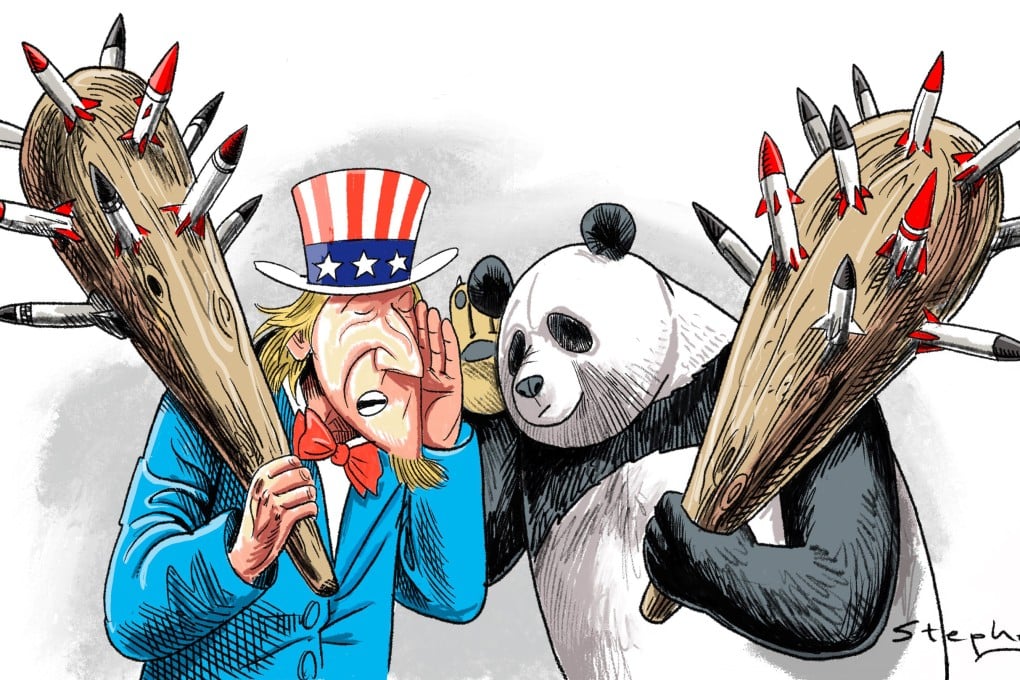Advertisement
Opinion | Speaking softly with big sticks: the reality of the US-China detente
- Like the US and Soviet Union during the Cold War, China and the US-led bloc are engaged in wide-ranging dialogue but also armed competition
- While both sides seem ready to communicate and ease tensions, they do not renounce their right to arm their militaries to the teeth
Reading Time:4 minutes
Why you can trust SCMP
3

Last month’s meeting between the foreign ministers of South Korea, China and Japan, coming after the Biden-Xi summit near San Francisco, signalled an easing of tensions in the region and was hailed as the latest sign of detente in the West Pacific.
Advertisement
But the military and security actions of regional actors in recent days tells a different story: of an “armed thaw” between China and the US-led Western camp.
At the November 26 meeting in Busan, top diplomats from China, Japan and South Korea said they were ready to resume cooperation and arrange a summit between their leaders. This came after US President Joe Biden and his Chinese counterpart Xi Jinping agreed to restore military communication channels to prevent misunderstandings or miscalculations that could escalate into a war.
That same month, Philippine President Ferdinand Marcos Jnr met Xi on the sidelines of the Asia-Pacific Economic Cooperation (Apec) summit in San Francisco and said both sides would work to lower tensions in the South China Sea. Weeks before, Australia and China resumed an annual leaders’ dialogue when Prime Minister Anthony Albanese visited Xi in Beijing, stabilising commercial ties after about three years of de facto trade war.
What is emerging in the Western Pacific is similar to the situation between the United States and the Soviet Union in the late 1950s and early 1960s, when the two Cold War blocs were engaged in a wide-ranging dialogue that included cultural exchanges. But the standard conduct was also armed competition and proxy confrontations – like today, in the Indo-Pacific.
Advertisement
Despite the Xi-Biden summit, Beijing’s military activities near Taiwan have continued unabated. Indeed, since September 2020, the mainland has reportedly amplified its “grey zone” operations around the island by increasing the deployment of air and naval assets, and expanding their range.

Advertisement
